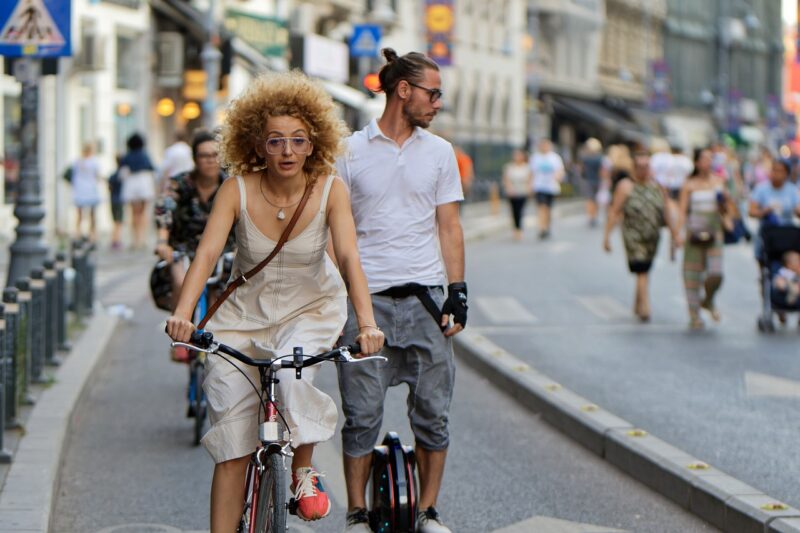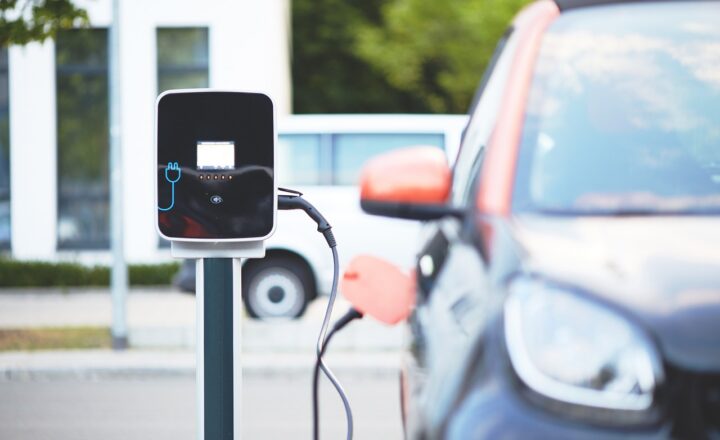Why Certain Cities Are Embracing Walking and Biking Over Cars
November 11, 2024

In an era where urban pollution and traffic congestion are rising issues, many cities across the globe are rethinking their transportation strategies. The movement towards promoting walking and biking over car reliance is not merely a trend but a fundamental shift toward sustainability, health, and community well-being.
1. The Environmental Impact of Cars
Public transportation and vehicle usage contribute significantly to greenhouse gas emissions, which are leading culprits in climate change. Cars are not just detrimental to environmental health but also create a detrimental impact on urban life through heavy traffic and noise pollution.
Cities like Amsterdam and Copenhagen have recognized these challenges and are advocating for sustainable alternatives. Replacing cars with walking and biking can radically reduce emissions and improve urban air quality:
- Lowering CO2 Emissions: By encouraging walking and biking, cities can significantly decrease carbon emissions from vehicles. Data shows that mobility focused on non-motorized transport results in a potential reduction of urban emissions by approximately 25% within a decade.
- Promoting Green Spaces: Car-centric cities often sacrifice green spaces for roads and parking lots. Embracing walking and biking promotes the creation of parks and pedestrian paths, which not only improve air quality but also enhance mental well-being.
This environmental responsibility is a critical motivating factor for cities to adopt more pedestrian and bike-friendly infrastructure.
2. Health Benefits of Walking and Biking
The health benefits of incorporating walking and biking into one’s daily routine cannot be overstated. With the rise of lifestyle diseases linked to sedentary habits, cities are promoting active transport as a public health initiative. Consider the following benefits:
- Reducing Obesity Rates: Increased physical activity via walking and biking promotes weight management and reduces obesity rates, a growing concern globally.
- Enhancing Mental Health: Physical activity has been shown to alleviate issues such as depression and anxiety. Urban areas that promote walking and biking provide residents with a chance to disconnect from daily stresses and enjoy the outdoors.
- Reducing Traffic Injuries: Although concerns surrounding cycling accidents do exist, studies have shown that as cities increase biking infrastructure, the overall injury rates often decline due to improved road designs that prioritize safety.
In essence, walking and biking not only foster a healthier population but also create happier communities.
3. Economic Considerations
Transitioning from car culture to a bike and pedestrian-oriented approach presents economic advantages:
- Reduced Infrastructure Costs: Building and maintaining bike lanes and pedestrian paths is usually less expensive than constructing and maintaining roads for cars. Cities can allocate their budgets more effectively, investing in green infrastructure that benefits everyone.
- Boosting Local Economies: A shift to walking and biking encourages foot traffic, which benefits local businesses. Studies show that pedestrians and cyclists tend to spend more in their local communities than motorists.
- Job Creation through Infrastructure Development: Implementing bike paths and pedestrian zones involves labor, which creates jobs in planning, construction, and ongoing maintenance. A focus on sustainable methods fosters job opportunities while enhancing the community.
The economic logic behind this movement is compelling; cities can revamp their infrastructure to meet community needs while fueling economic growth.
4. Urban Design and Social Cohesion
When cities prioritize bikes and pedestrians, they create vibrant public spaces that increase social interactions:
- Creating Public Spaces for Gathering: Streets designed for pedestrians and cyclists foster public gatherings, improving community bonds. Parks, plazas, and bike lanes integrated into urban designs allow people to interact in a shared environment.
- Inclusivity: Walking and biking can be accessible to a wider range of people, including those who cannot afford cars. Emphasizing non-motorized transport supports equity within urban areas, allowing every citizen equal access to mobility and community spaces.
- Cultural Transformation: As cities begin to pursue cycling and walking, a cultural shift occurs. People start to associate biking with a healthy lifestyle and a connected community, thereby creating a new identity for the city itself.
This focus on social cohesion is a reason cities switch their transportation strategies and how they cultivate their identity and community spirit.
5. Success Stories from Around the World
Several cities serve as excellent examples of embracing walking and biking:
- Amsterdam, Netherlands: Renowned for its extensive cycling infrastructure, Amsterdam boasts over 500 kilometers of bike paths and an impressive culture of cycling that has remained enduring. Approximately 62% of residents commute by bike, showcasing the effectiveness of prioritizing cycling.
- Copenhagen, Denmark: This city aims for its residents to be the world’s first carbon-neutral capital by 2025. With bicycle-friendly initiatives and government support, around 62% of commuters cycle to work daily.|
- Portland, Oregon, USA: Local initiatives designed to increase biking and walking have contributed to substantial reductions in vehicle traffic while boosting local businesses. The city now has an extensive and evolving bike lane system that encourages citizens to embrace cycling as a primary commuting option.
These success stories inspire cities looking to implement change by showing that with proper planning and execution, significant transformations are possible.
Conclusion
As cities embrace walking and biking over cars, they pave the way for healthier, more connected, and environmentally friendly communities. This movement not only focuses on present challenges but also anticipates future needs, ensuring that urban areas become more sustainable. By prioritizing pedestrians and cyclists, cities can enhance their quality of life, reduce environmental footprints, and create vibrant spaces that foster community and well-being.
If you’re keen on the future of urban mobility, keep an eye on these transformations as more cities join the global movement towards healthier, more sustainable ways of living.







